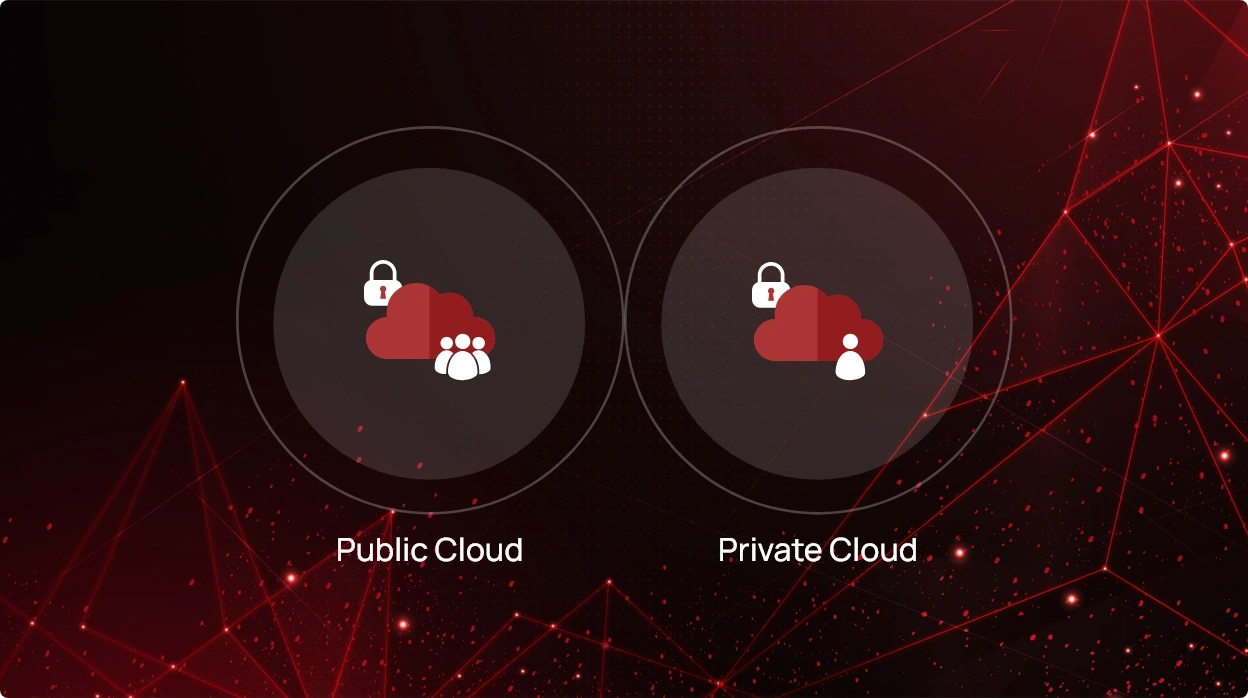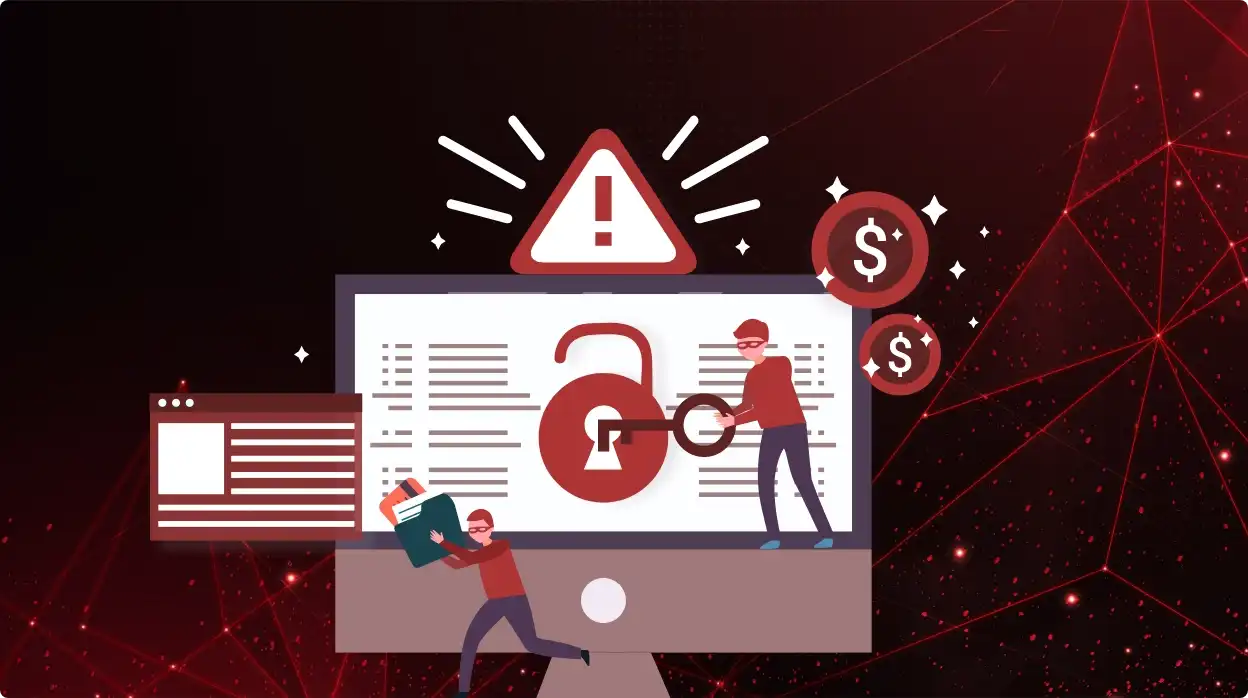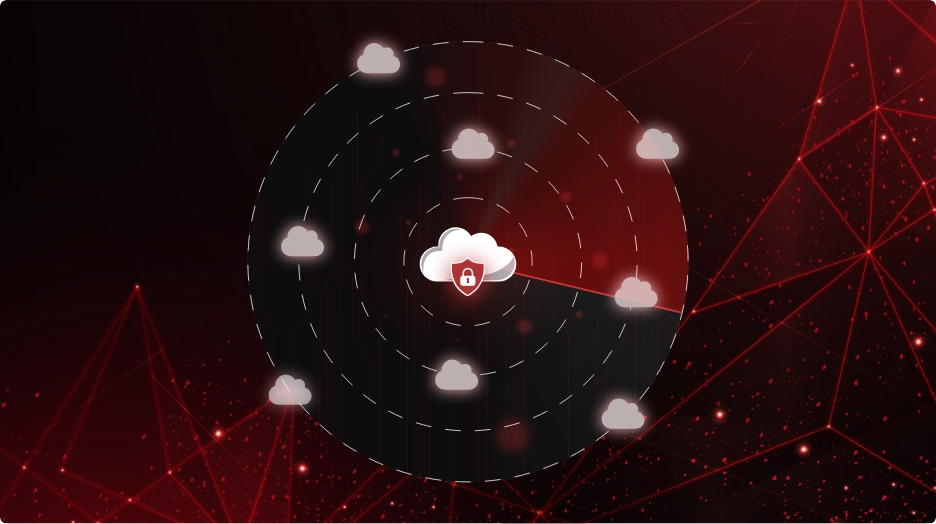Public vs. Private Cloud Security

When it comes to cloud computing, two fundamental and distinct models take center stage: public and private clouds. As data transforms into its digital avatar, ensuring its security becomes a primary and critical endeavor. Amid this digital transformation, the security of cloud environments emerges as a pivotal concern, influencing the integrity of operations and the confidentiality of sensitive information.
Choosing Between Public and Private Clouds
Public clouds are managed by external providers like AWS, Azure, GCP, and Linode, offering shared infrastructure and comprehensive management. They handle everything from hosting to scaling. In contrast, private cloud solutions provide an isolated setup controlled by one organization, allowing choices between on-premises and third-party storage.
Public and private clouds represent distinct approaches. Public clouds offer advantages like cost-effectiveness, scalability, and flexibility. Organizations often opt for public clouds to lessen management burdens and to scale resources according to demand.
Private clouds, in contrast, grant heightened security, compliance adherence, customization, and control. Organizations concerned with data confidentiality and regulatory requirements may choose private clouds to maintain isolated, dedicated environments. Ultimately, the choice hinges on the delicate balance between factors like cost, security, and operational needs.
Security in Public Clouds
Security within public clouds is a multifaceted concern. A key aspect is the Shared Responsibility Model, where cloud providers handle infrastructure while organizations ensure the security of their applications and data. Multitenancy, while enabling cost-effective resource sharing, raises potential risks within public clouds. However, cloud providers implement robust data isolation measures to mitigate these risks.
Encryption, a cornerstone of cloud security posture, ensures that sensitive information remains unreadable to unauthorized parties. Network security layers, including firewalls and intrusion detection systems, create barriers against cyber threats. Access control mechanisms dictate who can access and modify data, bolstering defense against breaches. In the public cloud landscape, these measures collectively work to build a protective shield around valuable digital assets.
Pros and Cons of Public Cloud
| Pros | Cons |
|---|---|
| Consumption-based pricing | Limited control over infrastructure |
| Provider-managed, automatic updates | Potential security risks |
| Optimal cloud resource utilization | Concerns over data privacy |
Security in Private Clouds
Private clouds offer robust security advantages. Operating in isolated and dedicated environments, they minimize the risk of unauthorized access. This is a specific mandatory requirement for industries wherein compliance regulations are enforced particularly strictly and confidential data demands utmost protection.
Organizations harness increased control over security measures in private clouds. They can implement encryption protocols to safeguard data at rest and in transit, set up firewall protections to thwart external threats, and ensure stringent physical security measures at data centers. These elements collectively fortify the security posture of private cloud deployments, making them a preferred choice for safeguarding sensitive information.
Pros and Cons of Private Cloud
| Pros | Cons |
|---|---|
| Enhanced security in an isolated environment | Initial investment includes high costs |
| Tailored and customized to specific needs | Resource-intensive system |
| Adherence with regulatory standards | Scalability and expansion are limited |
Cloud Asset Visibility and Inventory
In the process of conducting businesses using cloud computing, cloud asset visibility and inventory emerge as critical factors for maintaining robust security. Organizations must maintain an accurate inventory of their cloud resources, cataloging virtual machines, applications, and data storage. This practice aids in effectively managing security risks by offering insights into asset configurations and potential risks.
Cloud asset visibility plays a pivotal role in detecting unauthorized access attempts, potential security loopholes, and deviations from compliance standards. By monitoring resource changes and access patterns, organizations can swiftly address security concerns and ensure the integrity of their cloud environment.
Cloud visibility stands as a stalwart guardian against potential security risks within the cloud environment. By meticulously monitoring assets, it identifies gaps like anomalous behavior, unpatched systems and configuration errors, acting as an early warning system. Such a proactive approach is pivotal in maintaining a secure cloud environment.
This is the aspect of cloud security where powerful security posture management platforms like CheckRed become a vital solution. CheckRed offers unparalleled visibility, unearthing risks across public and private clouds. With features like compliance monitoring and Identity Access Management, CheckRed ensures data integrity and regulatory adherence. Its prowess in tracking changes, managing access, and enforcing compliance simplifies the intricate navigation of cloud security posture, elevating the trust organizations place in their digital landscapes.


